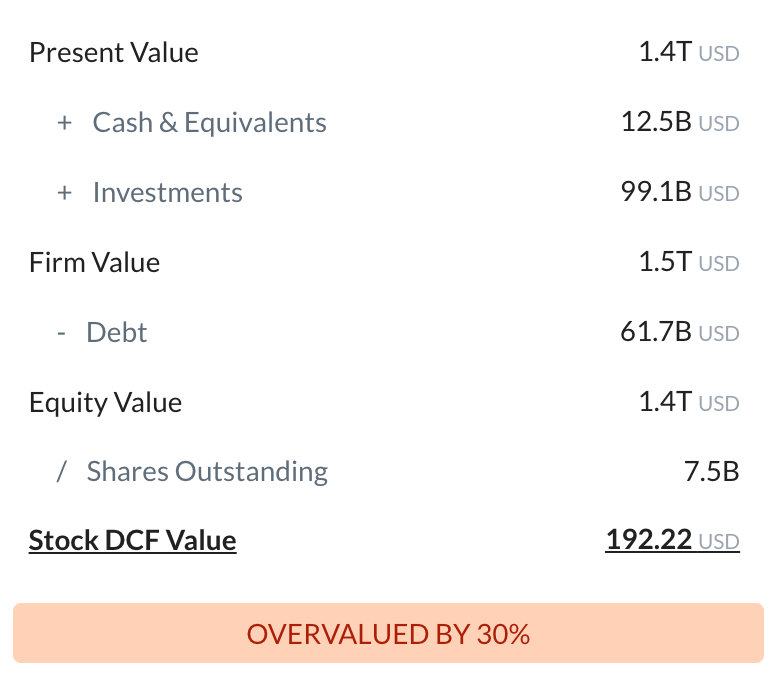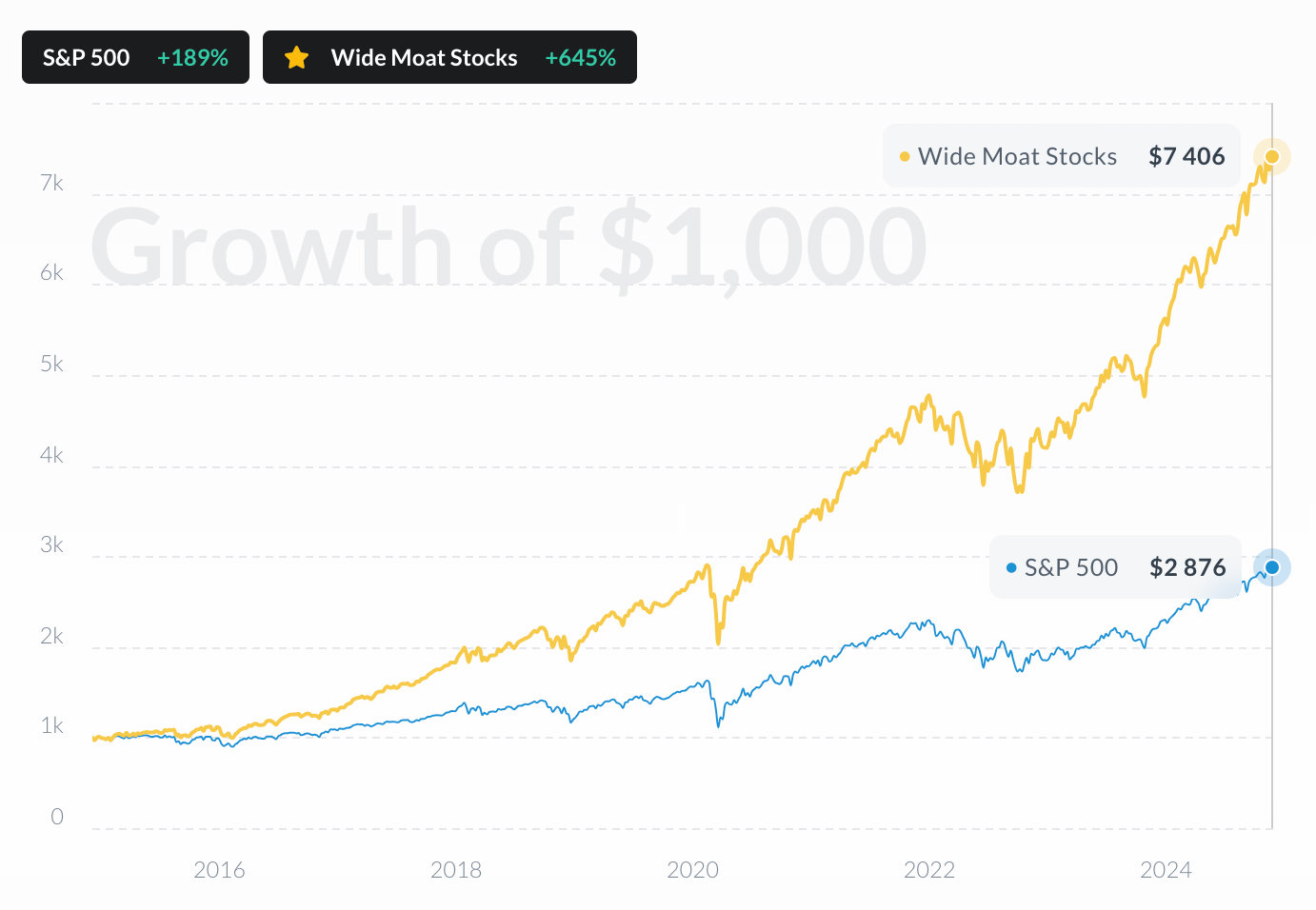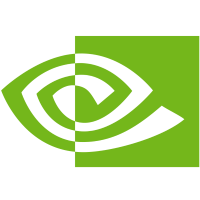
NVIDIA Corp
NASDAQ:NVDA
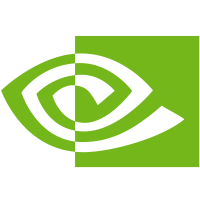

| US |

|
Johnson & Johnson
NYSE:JNJ
|
Pharmaceuticals
|
| US |

|
Berkshire Hathaway Inc
NYSE:BRK.A
|
Financial Services
|
| US |

|
Bank of America Corp
NYSE:BAC
|
Banking
|
| US |

|
Mastercard Inc
NYSE:MA
|
Technology
|
| US |

|
UnitedHealth Group Inc
NYSE:UNH
|
Health Care
|
| US |

|
Exxon Mobil Corp
NYSE:XOM
|
Energy
|
| US |

|
Pfizer Inc
NYSE:PFE
|
Pharmaceuticals
|
| US |

|
Palantir Technologies Inc
NYSE:PLTR
|
Technology
|
| US |

|
Nike Inc
NYSE:NKE
|
Textiles, Apparel & Luxury Goods
|
| US |

|
Visa Inc
NYSE:V
|
Technology
|
| CN |

|
Alibaba Group Holding Ltd
NYSE:BABA
|
Retail
|
| US |

|
JPMorgan Chase & Co
NYSE:JPM
|
Banking
|
| US |

|
Coca-Cola Co
NYSE:KO
|
Beverages
|
| US |

|
Walmart Inc
NYSE:WMT
|
Retail
|
| US |

|
Verizon Communications Inc
NYSE:VZ
|
Telecommunication
|
| US |

|
Chevron Corp
NYSE:CVX
|
Energy
|
Utilize notes to systematically review your investment decisions. By reflecting on past outcomes, you can discern effective strategies and identify those that underperformed. This continuous feedback loop enables you to adapt and refine your approach, optimizing for future success.
Each note serves as a learning point, offering insights into your decision-making processes. Over time, you'll accumulate a personalized database of knowledge, enhancing your ability to make informed decisions quickly and effectively.
With a comprehensive record of your investment history at your fingertips, you can compare current opportunities against past experiences. This not only bolsters your confidence but also ensures that each decision is grounded in a well-documented rationale.
Do you really want to delete this note?
This action cannot be undone.

| 52 Week Range |
94.2981
207.04
|
| Price Target |
|
We'll email you a reminder when the closing price reaches USD.
Choose the stock you wish to monitor with a price alert.

|
Johnson & Johnson
NYSE:JNJ
|
US |

|
Berkshire Hathaway Inc
NYSE:BRK.A
|
US |

|
Bank of America Corp
NYSE:BAC
|
US |

|
Mastercard Inc
NYSE:MA
|
US |

|
UnitedHealth Group Inc
NYSE:UNH
|
US |

|
Exxon Mobil Corp
NYSE:XOM
|
US |

|
Pfizer Inc
NYSE:PFE
|
US |

|
Palantir Technologies Inc
NYSE:PLTR
|
US |

|
Nike Inc
NYSE:NKE
|
US |

|
Visa Inc
NYSE:V
|
US |

|
Alibaba Group Holding Ltd
NYSE:BABA
|
CN |

|
JPMorgan Chase & Co
NYSE:JPM
|
US |

|
Coca-Cola Co
NYSE:KO
|
US |

|
Walmart Inc
NYSE:WMT
|
US |

|
Verizon Communications Inc
NYSE:VZ
|
US |

|
Chevron Corp
NYSE:CVX
|
US |
This alert will be permanently deleted.
Intrinsic Value
The intrinsic value of one
 NVDA
stock under the Base Case scenario is
208.5
USD.
Compared to the current market price of 183.38 USD,
NVIDIA Corp
is
Undervalued by 12%.
NVDA
stock under the Base Case scenario is
208.5
USD.
Compared to the current market price of 183.38 USD,
NVIDIA Corp
is
Undervalued by 12%.
The Intrinsic Value is calculated as the average of DCF and Relative values:

Let our AI compare Alpha Spread’s intrinsic value with external valuations from Simply Wall St, GuruFocus, ValueInvesting.io, Seeking Alpha, and others.
Let our AI break down the key assumptions behind the intrinsic value calculation for NVIDIA Corp.
| US |

|
Broadcom Inc
NASDAQ:AVGO
|
|
| TW |

|
Taiwan Semiconductor Manufacturing Co Ltd
TWSE:2330
|
|
| US |
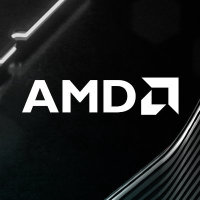
|
Advanced Micro Devices Inc
NASDAQ:AMD
|
|
| US |

|
Micron Technology Inc
NASDAQ:MU
|
|
| KR |

|
SK Hynix Inc
KRX:000660
|
|
| US |
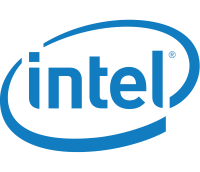
|
Intel Corp
NASDAQ:INTC
|
|
| US |

|
Qualcomm Inc
NASDAQ:QCOM
|
|
| US |

|
Texas Instruments Inc
NASDAQ:TXN
|
|
| UK |

|
Arm Holdings PLC
NASDAQ:ARM
|
|
| US |

|
Analog Devices Inc
NASDAQ:ADI
|
Fundamental Analysis
Select up to 3 indicators:
Select up to 3 indicators:
Custom chips and open software. Cloud giants and rivals are building in-house silicon and could shift to open-source tooling, chipping away at NVIDIA's hardware and CUDA lock-in.
Geopolitical and regulatory limits. U.S. export controls and China restrictions cap growth in key regions and add supply-chain uncertainty.
Efficiency shift in AI workloads. If the industry pivots toward smaller, cheaper, or edge-based models that need fewer GPUs, demand for large data-center clusters could soften.
AI demand keeps scaling. Larger models, more training runs, and enterprise adoption all require massive GPU clusters - hardware that NVIDIA already dominates.
CUDA-driven moat. The proprietary software stack and developer ecosystem create high switching costs; even rivals with comparable silicon struggle to steal share.
Capital-light, cash-rich model. Outsourced fabrication plus premium pricing turns revenue into abundant free cash flow, funding sustained R&D, buybacks, and expansion into full-stack AI "factories".
Revenue & Expenses Breakdown
NVIDIA Corp

Balance Sheet Decomposition
NVIDIA Corp

| Current Assets | 116.5B |
| Cash & Short-Term Investments | 60.6B |
| Receivables | 33.4B |
| Other Current Assets | 22.5B |
| Non-Current Assets | 44.7B |
| Long-Term Investments | 8.2B |
| PP&E | 12.1B |
| Intangibles | 7.2B |
| Other Non-Current Assets | 17.2B |
| Current Liabilities | 26.1B |
| Accounts Payable | 8.6B |
| Accrued Liabilities | 8.7B |
| Other Current Liabilities | 8.7B |
| Non-Current Liabilities | 16.2B |
| Long-Term Debt | 7.5B |
| Other Non-Current Liabilities | 8.7B |
Free Cash Flow Analysis
NVIDIA Corp

| USD | |
| Free Cash Flow | USD |
Earnings Waterfall
NVIDIA Corp

|
Revenue
|
187.1B
USD
|
|
Cost of Revenue
|
-55.5B
USD
|
|
Gross Profit
|
131.6B
USD
|
|
Operating Expenses
|
-21B
USD
|
|
Operating Income
|
110.6B
USD
|
|
Other Expenses
|
-11.4B
USD
|
|
Net Income
|
99.2B
USD
|
NVDA Profitability Score
Profitability Due Diligence

NVIDIA Corp's profitability score is 90/100. The higher the profitability score, the more profitable the company is.

Score
NVIDIA Corp's profitability score is 90/100. The higher the profitability score, the more profitable the company is.
NVDA Solvency Score
Solvency Due Diligence

NVIDIA Corp's solvency score is 99/100. The higher the solvency score, the more solvent the company is.

Score
NVIDIA Corp's solvency score is 99/100. The higher the solvency score, the more solvent the company is.
Wall St
Price Targets
NVDA Price Targets Summary
NVIDIA Corp

According to Wall Street analysts, the average 1-year price target for
 NVDA
is 236.99 USD
with a low forecast of 101 USD and a high forecast of 409.22 USD.
NVDA
is 236.99 USD
with a low forecast of 101 USD and a high forecast of 409.22 USD.
Dividends
Current shareholder yield for  NVDA is
.
NVDA is
.
Shareholder yield represents the total return a company provides to its shareholders, calculated as the sum of dividend yield, buyback yield, and debt paydown yield. What is shareholder yield?
The intrinsic value of one
 NVDA
stock under the Base Case scenario is
208.5
USD.
NVDA
stock under the Base Case scenario is
208.5
USD.
Compared to the current market price of 183.38 USD,
 NVIDIA Corp
is
Undervalued by 12%.
NVIDIA Corp
is
Undervalued by 12%.









